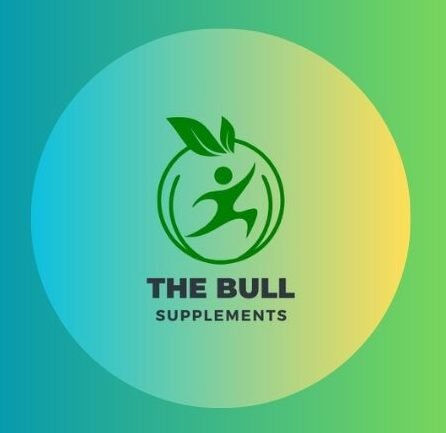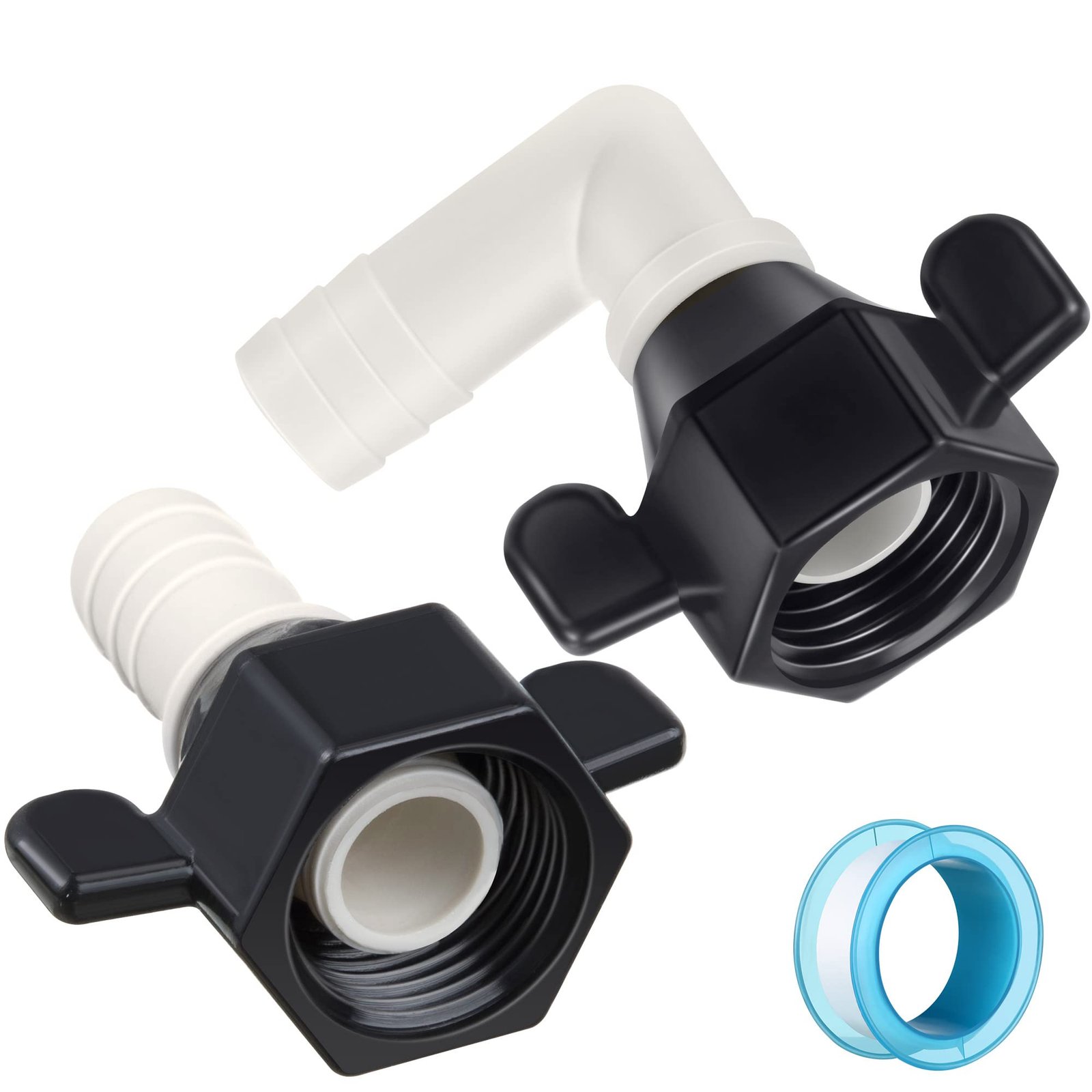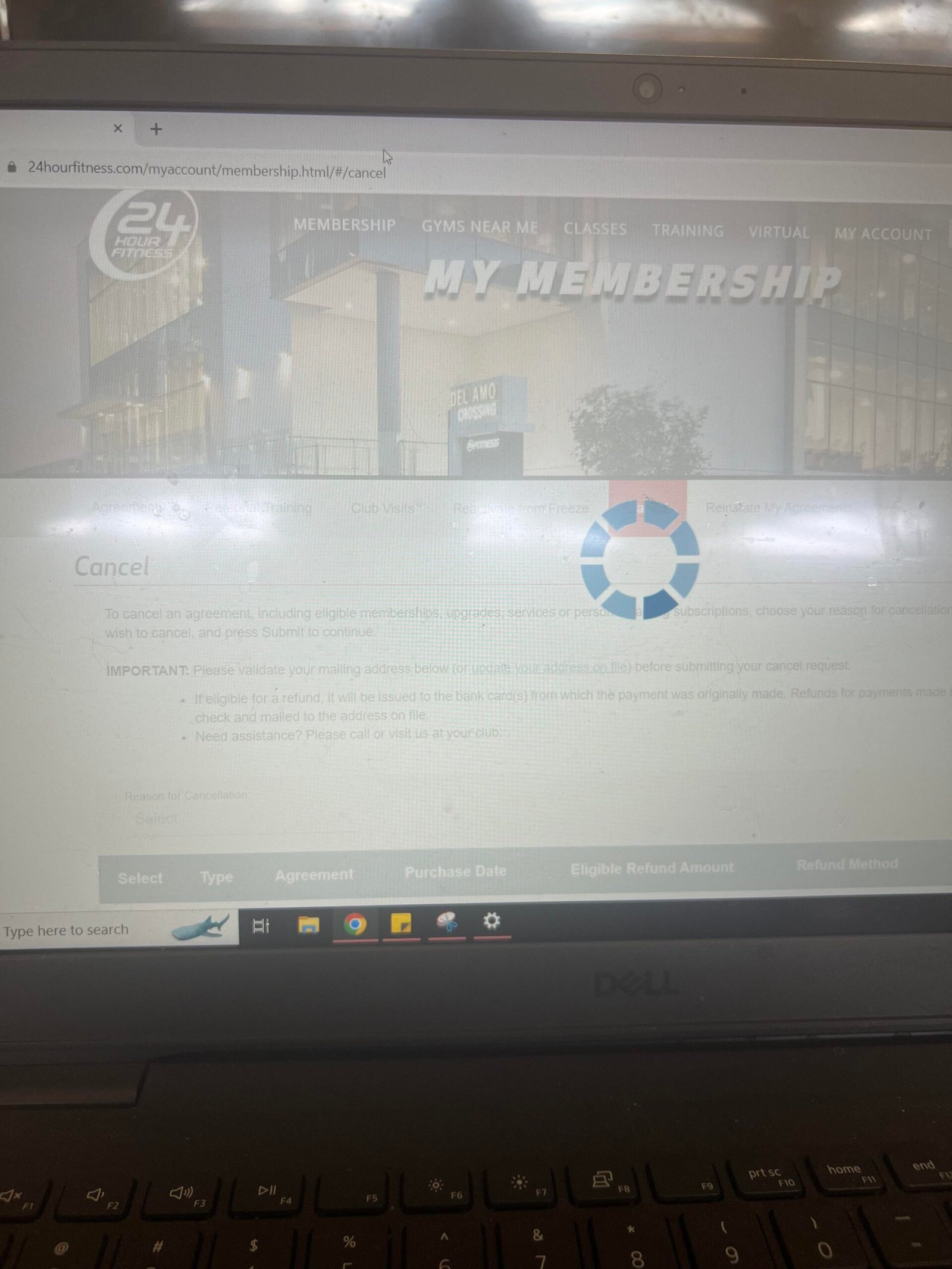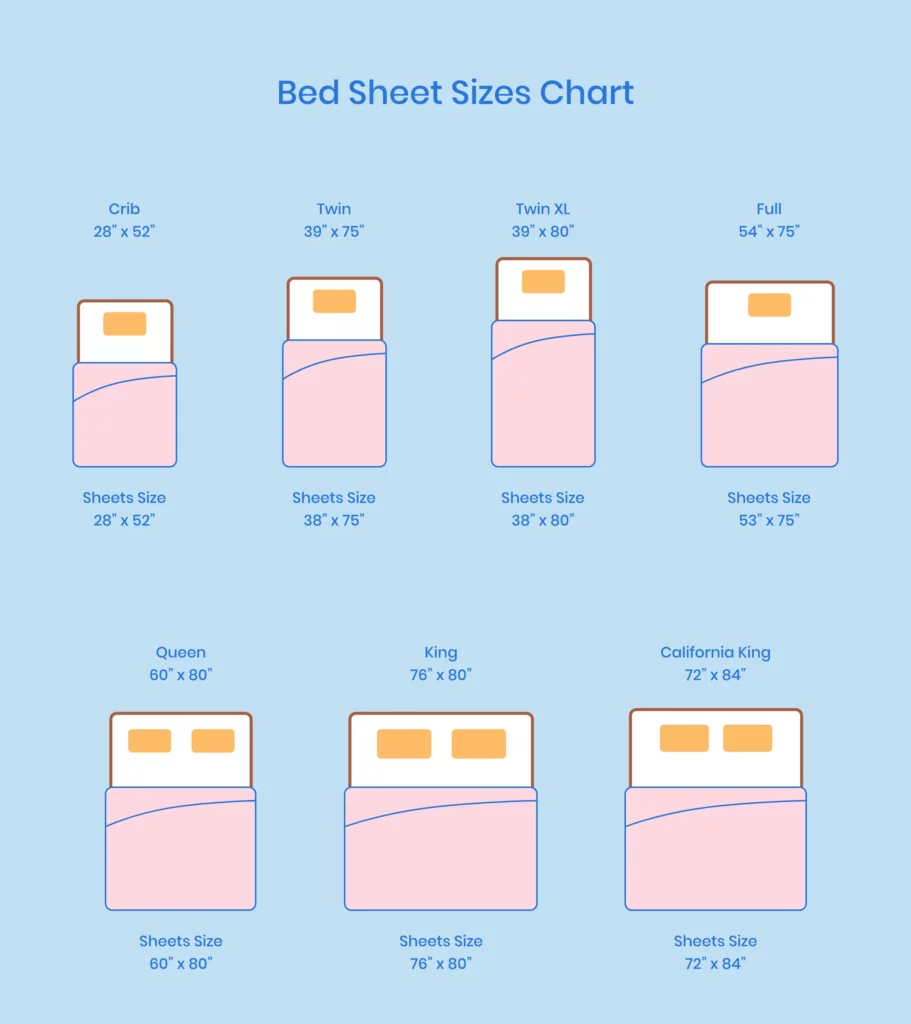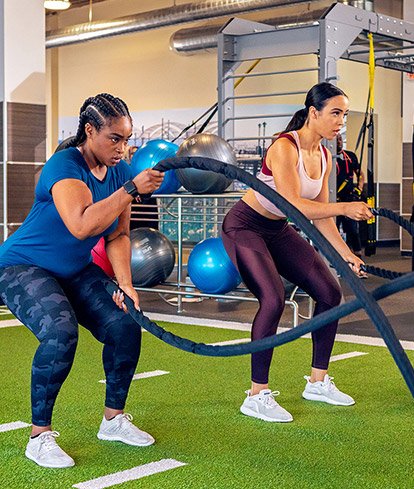RV water line fittings for a 1/2 inch hose typically include various connectors, elbows, and valves. These components ensure a secure and leak-proof connection in your RV’s plumbing system.
Understanding the correct fittings for your RV water line is crucial to maintaining an efficient and hassle-free water system. The 1/2 inch size is a common dimension for RVs, ensuring that fresh water flows smoothly to your taps, shower, and appliances.
It’s important to choose fittings made from durable materials like brass or plastic that can withstand the rigors of RV travel and variable water pressure. A reliable water line setup not only prevents leaks but also ensures the longevity of your RV’s plumbing. Selecting the right connectors, such as threaded, barbed, or push-fit types, can make installation and repairs straightforward and manageable. Always ensure the fittings are compatible with your RV’s specific water system to avoid any inconvenience during your travels.

Credit: www.walmart.com
Introduction To Rv Water Line Fittings
Traveling in an RV offers the freedom of the open road and the comforts of home. Water line fittings play a crucial part in this mobile lifestyle. They ensure a reliable supply of water. Whether for a shower, cooking, or a steady stream for a morning cup of coffee, these fittings keep the water flowing.
Essential Role In Rv Plumbing
RV water line fittings connect pipes and hoses within the vehicle’s plumbing system. They form a tight seal. This prevents leaks and maintains pressure. Quality fittings are vital. They endure the rigors of travel and temperature changes.
- Connects and secures water lines
- Prevents costly water damage
- Ensures consistent water flow
Why 1/2 Inch Size Matters
The 1/2 inch size is a standard in RV plumbing. It balances flow rate and pressure effectively. It fits most RV models. This size is large enough for efficient water supply. Yet it’s small enough for easy installation and maintenance.
| Feature | Benefit |
|---|---|
| Standard size | Universal fit for RVs |
| Good flow rate | Steady water supply |
| Easy to work with | Simplifies repairs and upgrades |
Types Of 1/2 Inch Fittings
Understanding the Various Types of 1/2 Inch Fittings
Fittings are crucial in any RV water system. They ensure a leak-free connection between pipes and hoses. Let’s explore the types of 1/2 inch fittings available for RV water lines.
Elbow Connectors
Elbow connectors are essential for navigating corners. They help redirect water flow at 90-degree angles without restricting pressure.
- 90-Degree Elbows: Perfect for tight turns.
- 45-Degree Elbows: Ideal for less sharp bends.
- Swivel Elbows: Allow for easy hose alignment.
Tee And Cross Fittings
Tee and cross fittings split the water flow in different directions.
- Tee Fittings: Create a split in the line.
- Cross Fittings: Divide the flow into four directions.
- Reducing Tees: Connect different sized lines.
Valves And Couplers
Valves and couplers control water flow and connect hoses securely.
| Valve Type | Function |
|---|---|
| Shut-Off Valves: | Stop or start flow with ease. |
| Check Valves: | Prevent backflow of water. |
| Couplers: | Connect two hoses together. |
Materials Used In Water Line Fittings
Choosing the right materials for your RV water line fittings is crucial for a reliable water system. Whether you’re setting up a new system or replacing old parts, understanding the differences between materials can save you time and hassle.
Comparing Plastic And Brass
RV water line fittings come mainly in two materials: plastic and brass. Both have their benefits. Let’s look at what each offers.
| Material | Pros | Cons |
|---|---|---|
| Plastic |
|
|
| Brass |
|
|
Durability And Safety Concerns
Durability is a key factor when picking water line fittings for your RV. Brass fittings are known for their strength. They are excellent for areas that handle high pressure. Plastic fittings are less robust. They may not last as long as brass.
Safety should never be overlooked. Brass fittings are typically lead-free. This makes them safe for drinking water. Some plastic fittings can have BPA or other harmful chemicals. Always choose BPA-free options for your safety.
Remember to consider both material benefits and safety standards to ensure a secure and healthy water system in your RV.

Credit: www.ebay.com
Installation Process
Installation Process of 1/2 Inch RV Water Line Fittings is straightforward with the right tools and steps. Follow this guide for a smooth setup.
Tools Required
- Adjustable wrench
- Pipe cutter
- Teflon tape
- Utility knife
Step-by-step Guide
- Prepare the Area: Ensure the workspace is clean.
- Cut the Existing Lines: Use the pipe cutter for a clean cut.
- Measure and Cut the New Line: Measure twice, cut once.
- Apply Teflon Tape: Wrap the threads to prevent leaks.
- Install the Fittings: Tighten them with the wrench.
- Check for Leaks: Turn on the water to test.
Each step will ensure a leak-free system that lasts.
Common Challenges In Fitting Installation
When installing 1/2 inch RV water line fittings, RV owners often face several hurdles. These challenges can turn a simple installation into a frustrating task. Understanding these common issues helps prepare for a smoother maintenance experience.
Leak Prevention
Ensuring a watertight connection is vital in any water line system, especially in RVs where leaks can cause significant damage. Here are some key steps to prevent leaks:
- Use the right sealant: Select a sealant that is appropriate for drinking water systems.
- Check the fittings: Before installation, inspect fittings for cracks or defects.
- Tighten correctly: Over-tightening can strip threads, while under-tightening may lead to leaks.
Dealing With Tight Spaces
RVs are known for their compact layouts, which can make accessing plumbing a challenge. Here’s how to tackle tight spaces:
- Plan ahead: Identify the best path for the water line before cutting or drilling.
- Use flexible materials: Flexible piping can be easier to maneuver in confined areas.
- Have the right tools: Compact plumbing tools can make working in small spaces easier.

Credit: www.amazon.com
Maintenance Tips
Maintenance Tips for your RV’s water system are crucial. A well-maintained 1/2 inch RV water line ensures a reliable, clean water supply. Regular care prevents leaks and water damage. Follow these tips to keep your water flowing smoothly.
Regular Inspection
Keeping an eye on your RV water line fittings is key. Check for cracks, leaks, or wear every three months. Look for signs of damage after long trips or extreme weather. This helps catch issues early.
- Examine the water line for discoloration or swelling.
- Test connections by gently tugging to ensure they’re secure.
- Listen for hissing sounds that may indicate a leak.
Cleaning And Replacing Fittings
Clean fittings regularly to prevent buildup. Use a simple vinegar solution to remove mineral deposits. Replace fittings every five years or sooner if they show damage. Always choose quality replacements to avoid future issues.
| Task | Frequency |
|---|---|
| Cleaning | Annually |
| Inspection | Quarterly |
| Replacement | Every 5 Years or as Needed |
Remember to shut off your water supply before starting any maintenance work. This prevents water damage and ensures a safe working environment.
Upgrading Your Rv Water System
Upgrading Your RV Water System ensures a smooth and reliable supply of water during your travels. Over time, water systems in RVs can wear out or become less efficient. Upgrading to new 1/2 inch RV water line fittings can significantly improve water flow and quality.
When To Upgrade
Knowing the best time to upgrade your RV water system is crucial. Look for signs like reduced water pressure or leaks. Regular checks help identify these issues early. Consider upgrading before long trips to avoid water problems on the road.
Choosing The Right Fittings
Selecting the correct fittings for your RV is essential for a successful upgrade. Here are key factors to consider:
- Material: Choose fittings made from durable materials like brass or stainless steel.
- Size: Ensure the fittings match the size of your existing water lines, typically 1/2 inch.
- Type: Decide between various types like elbow, tee, or straight fittings based on your system’s layout.
Always opt for high-quality fittings to prevent future leaks and ensure a long-lasting system.
| Type of Fitting | Use |
|---|---|
| Elbow | Changes the direction of the water line |
| Tee | Splits the water flow into two directions |
| Straight | Connects two segments of water line directly |
Troubleshooting Common Issues
RV enthusiasts often face water line issues. This can impact your travel experience. Knowing how to troubleshoot common problems with 1/2 inch RV water line fittings is essential. Let’s dive into identifying leaks and fixing low water pressure.
Identifying Leaks
Spotting a leak early can save you from major damage. Check for wet spots, dripping sounds, or a musty smell. Inspect fittings, hoses, and connection points.
- Turn off all water-using appliances.
- Wipe down all lines and fittings.
- Look for water after several minutes.
Use soapy water to spot tiny leaks. Bubbles form where leaks are present. Mark any leaks you find.
Fixing Low Water Pressure
Low water pressure can be frustrating. It often stems from clogged filters or faulty fittings.
- Check the water pump filter for debris.
- Examine water line fittings for damage.
- Clean or replace filters regularly.
If issues persist, inspect the water pump. It might need repair or replacement. Tighten loose fittings with care. Ensure they are not cross-threaded.
Remember, regular maintenance helps prevent these issues. Keep your RV’s water system in top shape for a smooth journey.
Where To Buy Rv Water Line Fittings
Traveling in an RV means being prepared for maintenance on the go. A common issue many RV enthusiasts face is the need for reliable water line fittings. These fittings ensure a leak-free water supply. Knowing where to buy the right 1/2 inch RV water line fittings is crucial.
Retailers And Online Stores
Many options exist for purchasing RV water line fittings. Local RV dealerships often stock a variety of parts. Big box hardware stores also carry fittings suitable for RVs. Yet, for a more extensive selection, online retailers are a top choice. They offer convenience and variety. Popular online platforms include Amazon, Camping World, and RV-specific e-commerce stores. Customers can find fittings made from various materials such as brass, plastic, and stainless steel.
- Local RV Dealerships: Check for OEM or recommended parts.
- Hardware Stores: Look for universal fittings that can serve multiple purposes.
- Online Marketplaces: Amazon, eBay, and specialized RV parts websites offer a broad range of choices.
Quality And Price Considerations
When selecting water line fittings, quality must not be compromised. High-quality fittings prevent leaks and water damage. They ensure long-term reliability. Prices vary based on material and brand. Customers should compare options and read reviews before making a purchase. Look for warranties or guarantees. These can provide added assurance of the fitting’s durability.
| Material | Price Range | Expected Durability |
|---|---|---|
| Brass | Mid to High | Long-lasting, resistant to corrosion |
| Plastic | Low to Mid | Good for short-term or light use |
| Stainless Steel | High | Very durable, excellent for heavy use |
Remember to check compatibility with your RV’s water system. Opt for fittings that match the specifications of your vehicle. This ensures a secure fit and optimal function.
Frequently Asked Questions
What Size Is The Water Line Fitting On An Rv?
The standard water line fitting size for an RV is 1/2 inch NPT (National Pipe Thread).
What Size Pex Is Used In Rvs?
PEX tubing used in RVs typically ranges from 1/2 inch to 3/8 inch in diameter, with 1/2 inch being the most common size.
What Type Of Water Lines Are Used In Rvs?
RVs typically use flexible PEX tubing for water lines due to its durability, ease of installation, and resistance to freezing temperatures.
How Do You Fix A Leaking Rv Water Line?
Turn off the water supply. Locate the leak in the RV water line. Cut out the damaged section. Attach a fitting or replacement tubing. Secure the connections and check for leaks.
Conclusion
Choosing the right 1/2 inch RV water line fittings is essential for a leak-free experience. Ensure you select quality products that withstand the rigors of travel. Proper installation and maintenance will keep your water system in top shape. Safe travels and smooth adventures start with reliable fittings!
